
Let’s Meet Our Websites
We are going to take a look at the sites Moz.com/blog and seonick.net/blog. Currently ranking #1 and #6 respectively for the keyword “SEO blog”.
In this series we are going to create CanIRank reports for 2 sites which are ranking on page one for a specific, valuable keyword so that we can gain some insights into:
- What makes them competitive
- What makes one site rank better
- How you can employ these insights for your own sites and clients
Sometimes the reason that a page does well for a keyword is pretty obvious. Other times it takes some real digging into the numbers to understand what is really going on. Lucky for us CanIRank provides us with both the data that we need to dig deep AND easy to understand graphics to help us make sense of the data.
For each ranking category we’ll also get a few insights from the heads of some SEO Experts. The people in the field who are working with these rankings each and every day.
First, let’s get an idea of how this keyword would score for keyword difficulty. Multiplying the two factors of “Search Volume” and “Ad Cost Per Click” are going to give us a “Monthly Traffic Value” for this keyword.
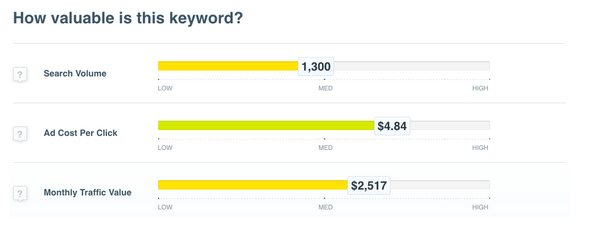
CanIRank makes it easy for us to see that this is a middle of the road keyword as far as value goes. The monthly search volume isn’t super high but the cost per click does have some value at $4.84.
Ranking Factor Showdown
Page Relevancy – Winner: Moz
Moz Blog – 65
SEONick Blog – 53
Search engines, like a good librarian, want to give you the best information based on what you are searching for. Page relevancy is an indication to a search engine that a web page is a good match for a search because the information on the page is on topic.
Let’s take a look at how our two pages did for page relevancy:
Moz.com Blog

SEONick Blog

Moz got a score of 65. At first glance the topical relevancy score gives a false impression because it seems like SEONick would have the advantage with a higher topical relevancy score (57% vs. 31%). However, let’s take a closer look and see what exactly is contributing to Moz’s higher score.
The key to Moz’s success in this matchup is their use of related keywords. Our CanIRank report shows us that Moz is using related keywords in the body text of this page more effectively than SEONick. Moz has a related keyword count in the body text of 46 vs. SEONick’s count of 38.

Google loves related keywords. Related keywords are a strong indicator to Google that this page is on topic for the search. When you are writing content be sure to have a list of related keywords handy which you can include in your post.
Steve Rayson from BuzzSumo puts it like this:
Google is focusing on semantics and context. It is getting much better at understanding semantic meaning. — Steve Rayson, BuzzSumo
Website Relevancy – Winner: SEONick
Moz Blog – 40
SEONick Blog – 71
In the same way that search engines look at the relevancy of a single page they also look at the relevancy of the website as a whole. The more specific the entire contents of a website to the search term, the higher Google will rank a page within that site. SEONick is an entire site devoted to producing information on SEO topics. The site is actually an SEO blog. Compare that with the Moz website which includes a blog but is also dedicated to selling a suite of SEO tools.
SEONick’s Website Relevancy also benefits from using a domain name that contains one of the keywords (“SEO”). Keyword domains are still relevant in Google ranking, even in the wake of Google’s Exact Match Domain update.
Moz.com Blog

SEONick Blog

Here’s a thought on relevancy from Daniel Thompson at MyLocalSEO:
I place more of a focus on relevance then metrics these days. Yes it’s important the inbound links come from sites with quality links. However, if I had to choose between a TF 10 site about office supplies versus a TF 20 site about DIY crafts I’d take the office supply site link all day. — Daniel Thompson, MyLocalSEO
Page External Relevancy – Winner: Moz
Moz Blog – 94
SEONick Blog – 62
Next let’s take a look at the way Google understands how important other websites think these pages are. External relevancy is really about whether other sites are linking to you with anchor text which is on topic. The way that Google decides whether those links are on topic is by looking at the text which is linked and seeing if it includes either the keyword itself or closely related keywords. To do well in the external relevancy category you have to have a high number of on topic links.
Moz.com Blog
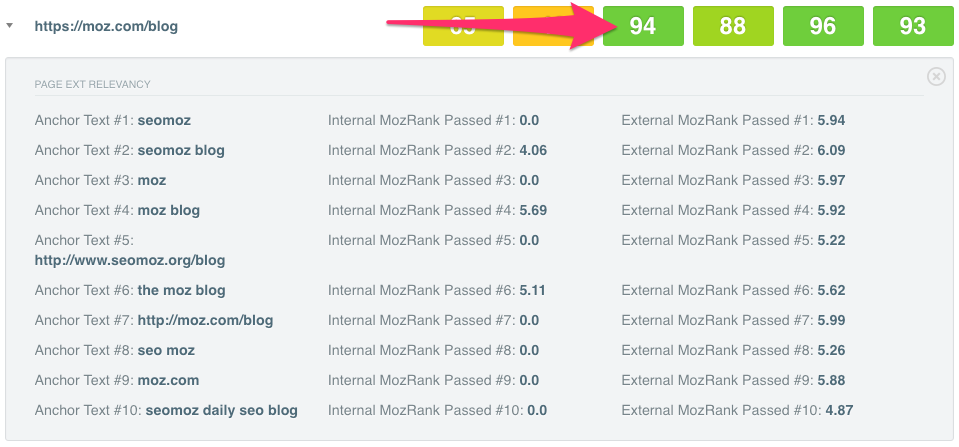
SEONick Blog
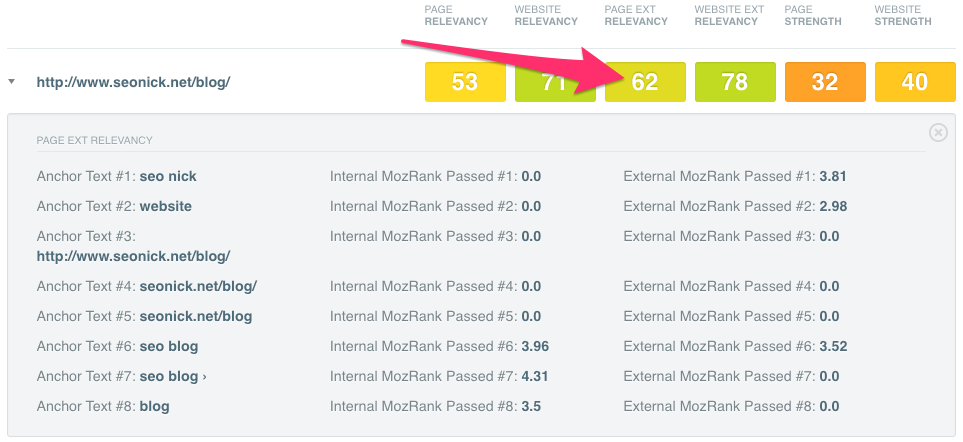
Moz gets a much much higher score in this category because the links that they have coming into their site are from sites which are themselves very important. Additionally, the anchor text that sites are using to link to Moz include at least a part of the keyword “SEO blog”.
Website External Relevancy – Winner: Moz
Moz Blog – 88
SEONick Blog – 78
Moz also does better here but the difference in the two scores is less. SEONick has some more important, on topic links pointing to the site.
Moz.com Blog
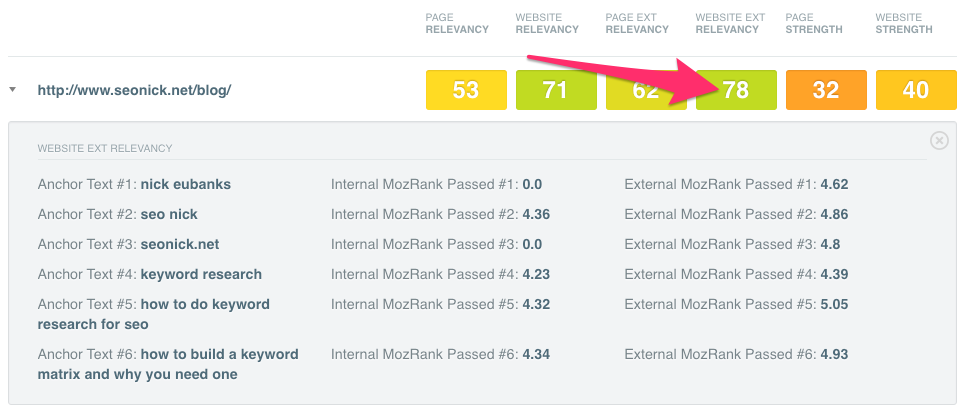
SEONick Blog

Mark Walters puts it like this:
If a backlink to your business’s website is included on a page that links to high quality sites, especially ones in the same niche as your site, then it indicates to search engines that your site should be put in the same bracket as those high quality sites. — Mark Walters, SEO Mark
Page Strength – Winner: Moz
Moz Blog – 96
SEONick Blog – 32
Once again we’ve got a lopsided score in Moz’s favor. Looking at the information from our CanIRank report it’s clear that the shear number of links from large websites which are pointing to the Moz blog are boosting their score in this category. A few hundred thousand vs. a couple dozen links is going to be a strong indicator to Google that the Moz blog is the more important page.
Moz.com Blog

SEONick Blog

The interesting thing to consider here is that SEONick is able to rank for this keyword with only 43 links. In our report we can click on that links number to open a Moz’s Open site Explorer tool.
![]()
In the Open Site Explorer report we can see that some of SEONick’s inbound links are coming from Inbound.org, a forum site focused on Inbound Marketing. Gaining links from Inbound.org is as easy as signing up for a free account and filling out your profile with a link to your website. Getting an easy inbound link like this is a no brainer if you are working with a site which has a low number of inbound links and would like to increase your rankings.
Website Strength – Winner: Moz
Moz Blog – 93
SEONick Blog – 40
This is another area where Moz is just too big of a player for SEONick to compete with. The Moz blog has over 700 times more links to it’s blog homepage than SEONick.
Moz.com Blog

SEONick Blog

Again, it’s pretty interesting that SEONick is even able to rank for this keyword with such a low number of links to the home page of the domain (766). Let’s dig a little deeper here to understand how the site is so effective. If we click on the “link composition” link in the CanIRank report we can take a look at the Ahrefs report for these two domains.
The Ahrefs backlink report for Moz shows us that, as a percentage, SEONick has a higher “dofollow” percentage. These link “votes” are an important indicator to Google that other sites see SEONick as important. The high “dofollow” percentage for SEONick gives the site a boost in rankings even though the site has a much lower number of incoming links overall.
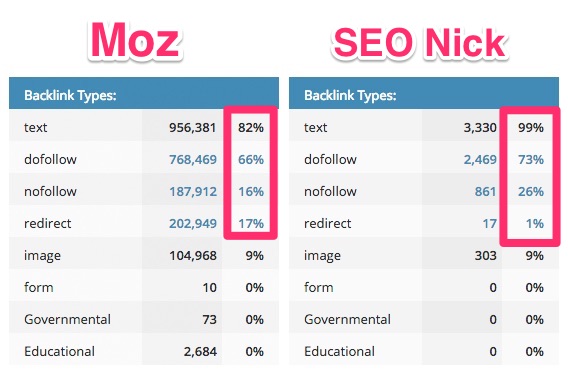
What did we learn?
Moz got a higher score on 5 out of the 6 ranking factors that we looked at. The knock out from Moz really comes from the Page Strength. There are a number of ways however that sites which can’t compete in size can compete by giving Google strong indicators of what your site is specifically great at.
So, even if you have a small site if you can increase the percentage of the ranking factors which Google is looking at then you can indicate to Google that your site is important for a keyword.
Think about it like this. If you poll 10 people and 9 of them recommend the same movie that’s a 90% recommendation rate. If you poll 100 people and 9 people recommend the same movie then you’ve only got a recommendation rate of 9%. Even though you have the same amount of recommendations, the movie in first poll is a much stronger indicator of how important that recommended movie is.
For further reading, check out this post from our friends at Mangools.
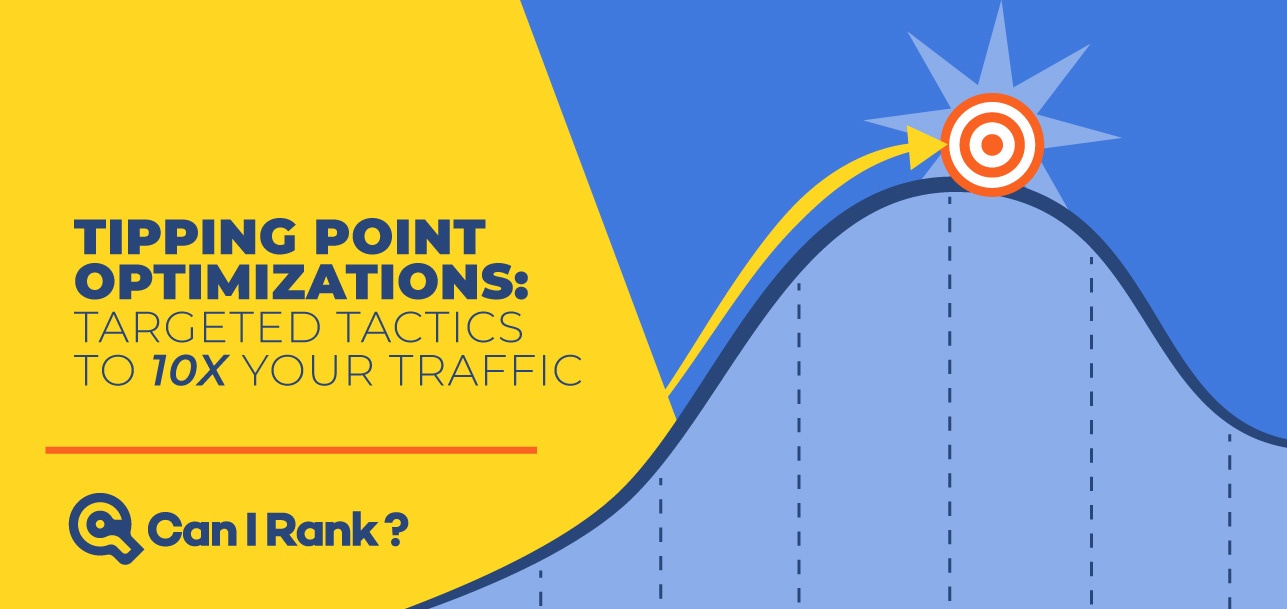
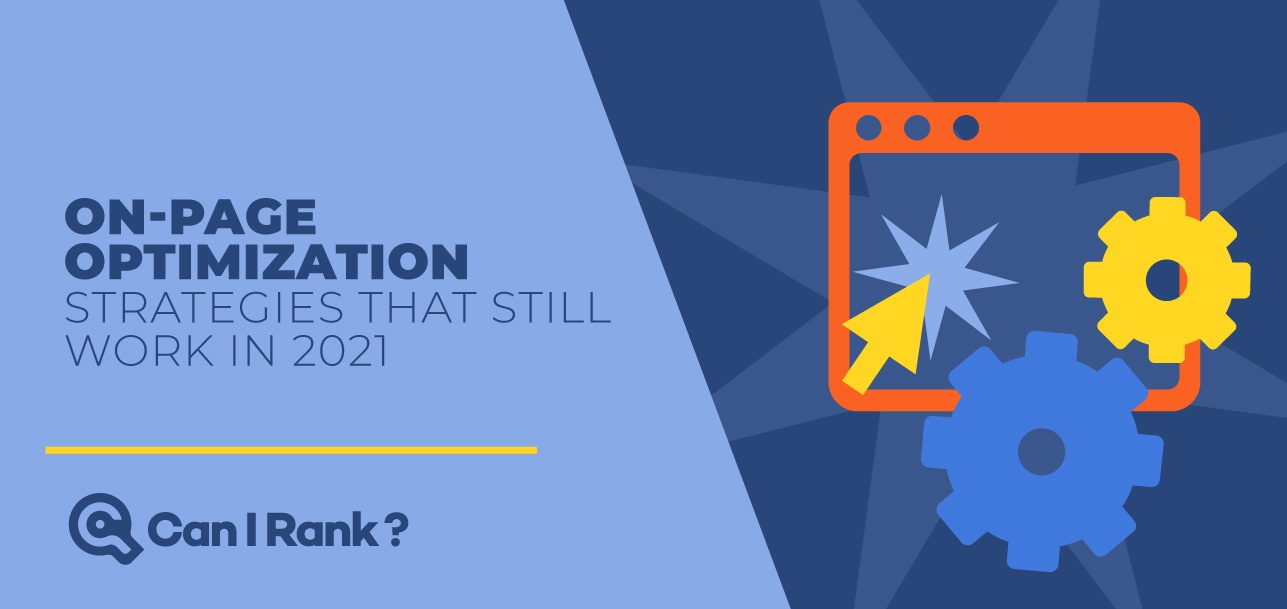

This is the right site for anyone who would like to understand this topic.
You realize so much its almost hard to argue with you (not that I really
would want to…HaHa). You certainly put a fresh spin on a topic that has been discussed for many years.
Great stuff, just excellent!